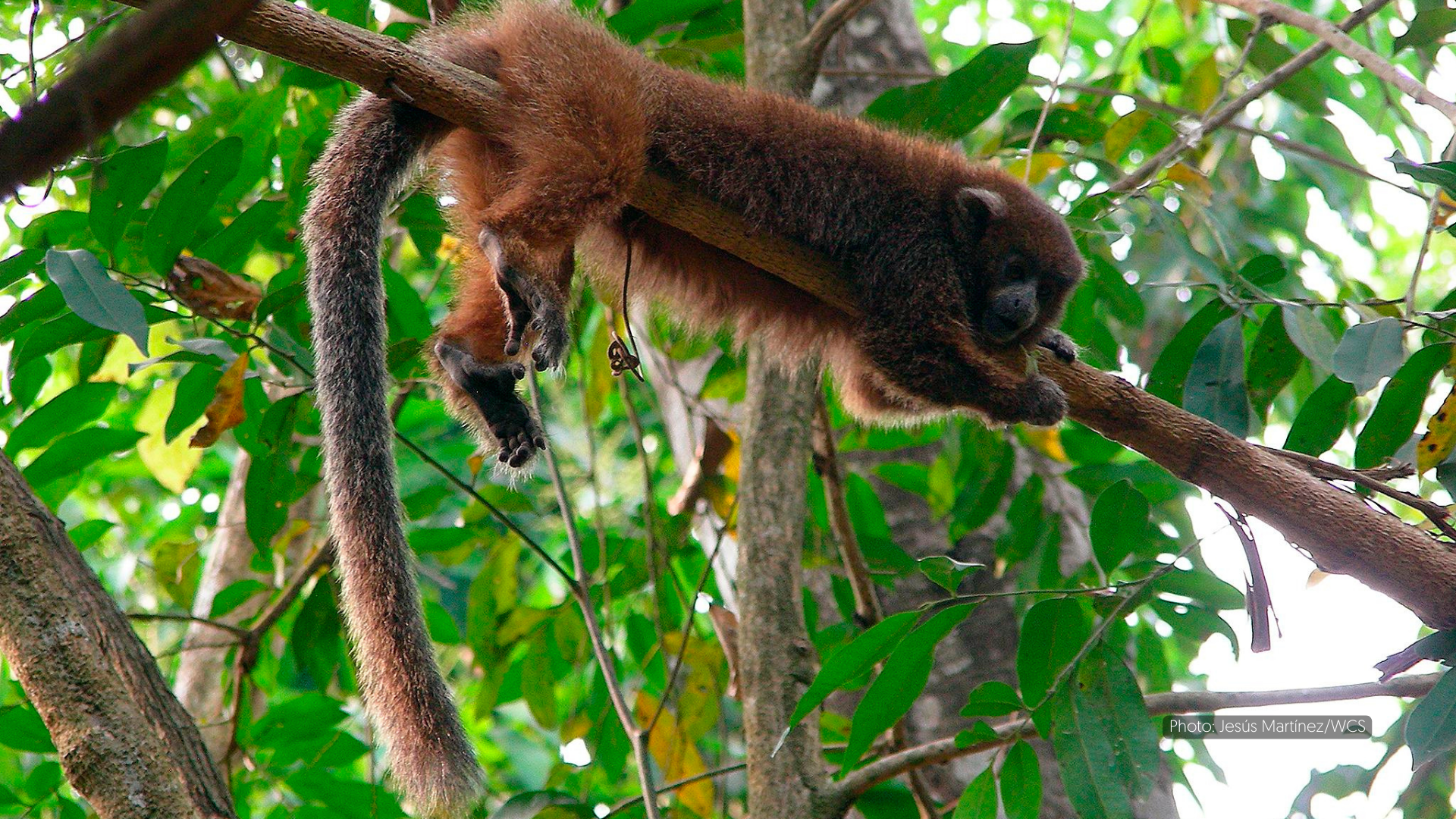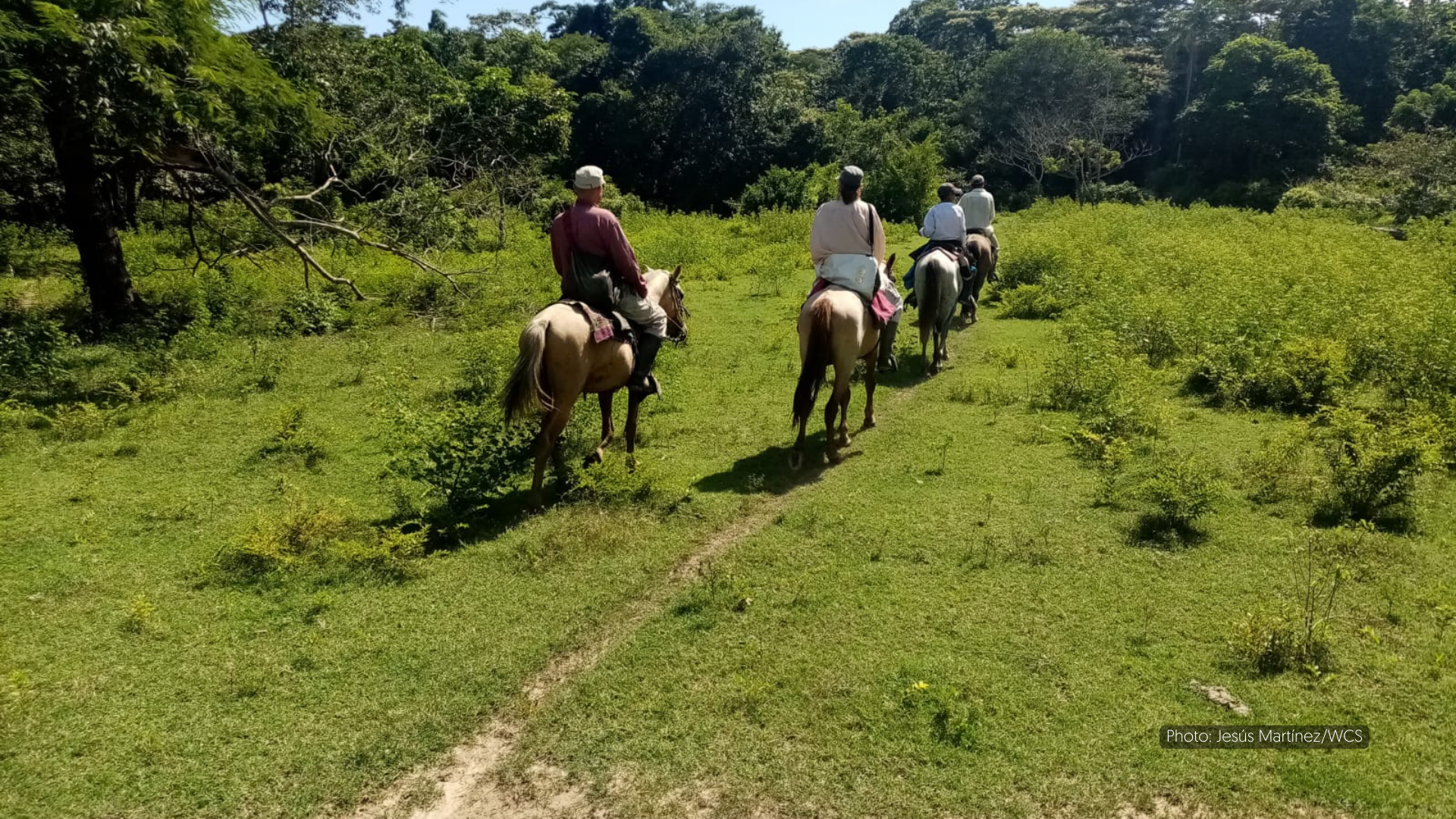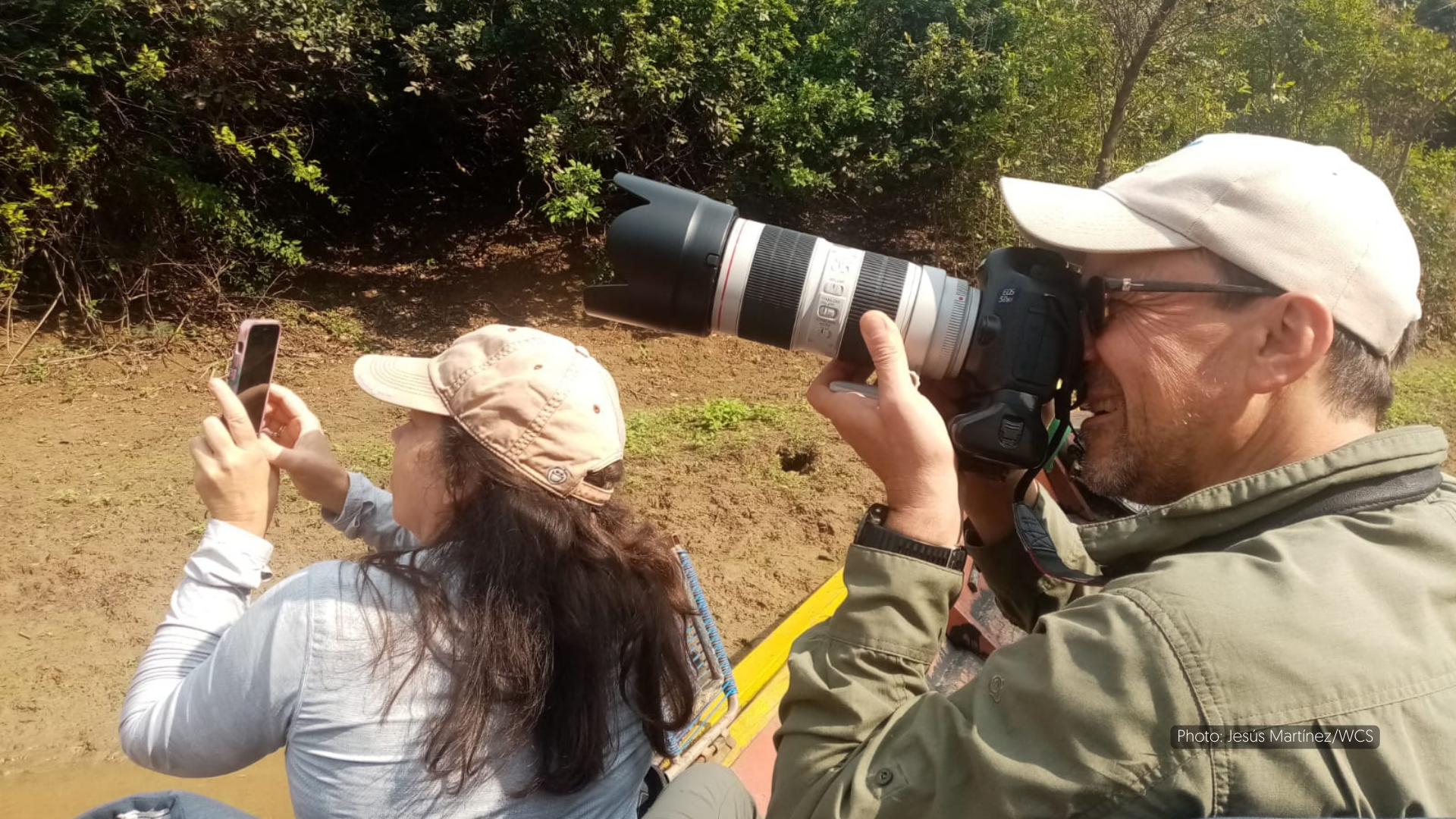Year after year, deforestation increases in the Amazon as if it were an unstoppable evil giant. The situation is so serious that it invites pessimism, but sometimes little heroes appear and give us hope. Although in the movies they wear capes and fly through the sky, in real life they are usually more discreet. Maybe, if you're lucky, you can see their furry tails hanging from the treetops. They are not just monkeys, they have become a symbol, and that gives them powers powerful enough to defeat the fearful giant.
This is the story of the luchachi rojizo (Plecturocebus olallae) and the lucachi cenizo (Plecturocebus modestus), two small marmosets endemic to Bolivia, who are helping to stop deforestation in the southwestern department of Beni.
It could be said that it all began in 1939, when the lucachis were first described, but that would not be true. For 60 years, these species remained in the shadows, while their habitats were destroyed and their populations pushed to the brink of extinction.
So our story began in 2002, when the Wildlife Conservation Society (WCS) rediscovered lucachis and began its research. For twenty years, scientists like Jesús Martínez have been providing data on their distribution, abundance, genetic diversity, ecology, behavior and conservation status.

The conservation status of the lucachi monkeys and the consequent creation of two Municipal Protected Areas.
The results of the research were somewhat worrying. Currently, the lucachi rojizo is categorized by the IUCN as Critically Endangered, as its scarce population of 3,000 individuals only lives on the banks of the upper Yacuma River. Therefore, it is also included in the list of the 25 most endangered primates in the world. The situation of the lesser spotted owl is not as critical, as its distribution is wider and its population is estimated at 20,000 individuals. Even so, it is categorized as Endangered and its genetic diversity is, curiously enough, lower than that of the red-rumped salamander.
According to Mario González Osto, Executive Director of the Bolivian Conservation Association, "Their small distribution range and small populations explain the threat categories in which both species are found, as they face considerable risks of habitat loss in an area where there are already significant levels of natural forest fragmentation".
The lucachis' habitats were not under any type of protection, but their worrisome conservation status was used as justification to remedy this situation. In 2007, the Santa Rosa del Yacuma municipality created the Pampas del Yacuma Municipal Protected Area (APM) and, a year later, the Reyes municipality created the Los Santos Reyes APM. In addition, the latter APM was re-founded in 2019 under the name Rhukanrhuka, which means lucachi monkey in the language of the indigenous Maropa people.
This re-foundation entailed an expansion of more than 350,000 hectares and achieved that almost 50% of its extension acquired the category of Park, which is a figure of greater protection. "In addition, and this is very important, since 2018 we have been promoting constant support for the effective management of these protected areas, strengthening their management instruments and capacities, in addition to support for sustainable development and research initiatives," González says.
In turn, the outreach and awareness activities that have been done to bring knowledge of the lucachis to the local population have been magnificent. As a result, the locals know, value and care for these little monkeys, which are also part of the APM logo.

Sustainable ecotourism as a conservation strategy
This region is one of the main ecotourism destinations in the Bolivian Amazon. Both APMs are part of the Rurrenabaque: Madidi-Pampas Tourist Destination, which recently obtained Biosphere certification as a destination committed to sustainable tourism. In addition, in 2022 it was recognized as one of the Top 100 green destinations in the world.
"In general, the visitor profile is someone interested in learning about the natural diversity of the Amazon. Activities focus on wildlife observation, with walks along the river and its surroundings, both day and night. Lodging is in lodges, built with natural materials, and the tourist enterprises are all community or family-run. On the other hand, practically all the supplies for the activity are local products, so the benefits and their multiplier effects remain for the local population," explains González.

Although not yet operational, the destination is currently working to offer the lucachis route. Activities will focus on the observation of both species of endemic monkeys, along with other species of the environment and coexistence with the community.
These efforts are not in vain. All the work that has been done for the lucachi monkeys is bearing fruit, because since research began, no population declines have been detected and deforestation has been halted. In fact, the red lucachi has expanded its range. Sometimes you just need to get to know the hidden heroes of the Amazon a little better in order to stand up to the giant.






